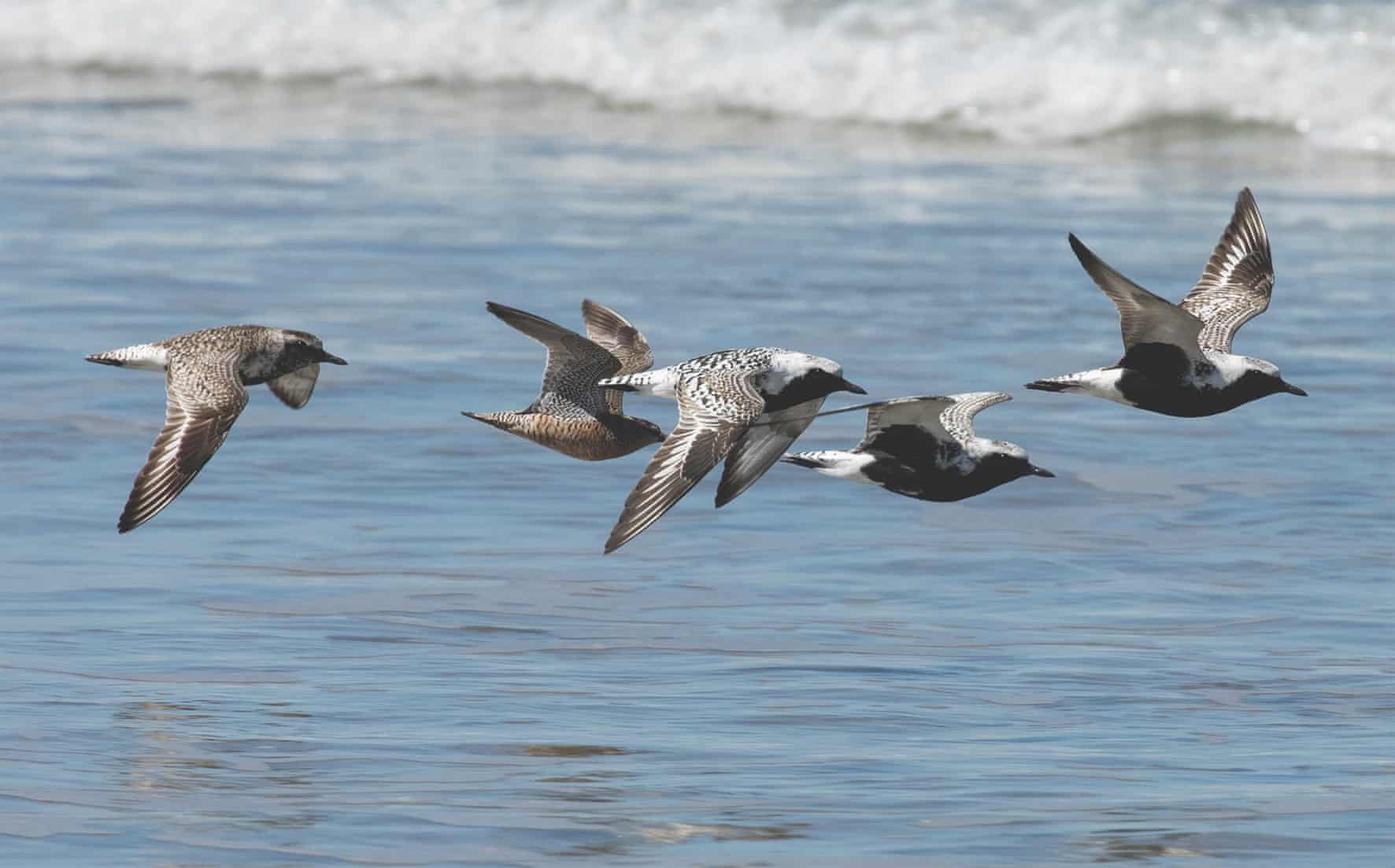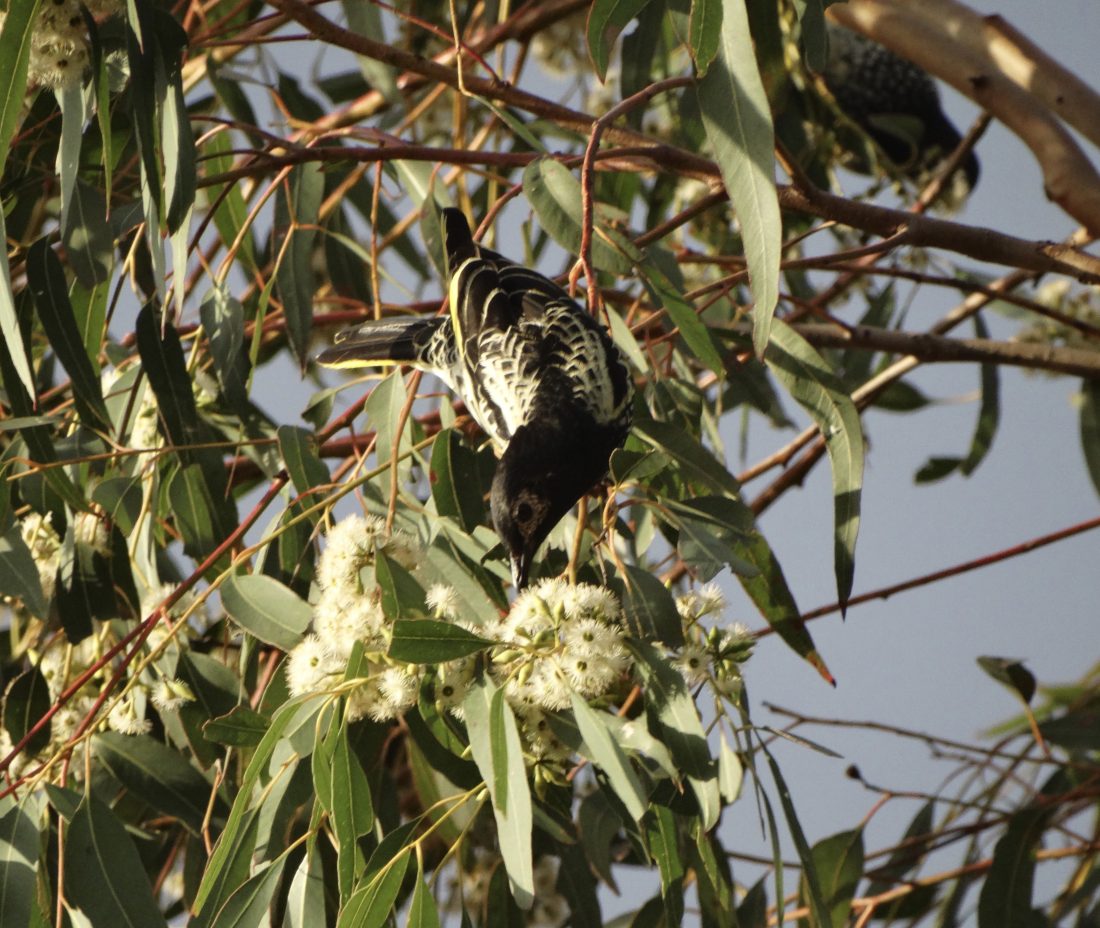The fig tree
On the east side of my apartment block is a large fig tree. In its halcyon days, its canopy covered the length of the balcony, providing shade from the morning sun. At the base of the trunk, an extensive buttress root system had pushed up and cracked the concrete driveway. This made the tree unpopular with the body corporate, but the tree is a protected species in Brisbane under the Natural Assets Local Law of 2003.
For a long time, that law protected the fig, and much else besides. Every spring, the fruit of the tree provided food for mobs of Grey-headed and Black Flying-foxes which chattered and bickered among themselves all night as they gorged themselves. Brush-tailed Possums ran riot. During the day, Australian Figbirds and Koels were regular visitors. The Koels would shriek their heads off at 4am almost every morning through October and November.
There were butterflies, too. When I started taking a serious interest in them, most of my early observations were from my balcony. I identified members of almost all the Australian families: swallowtails (Blue Triangles), whites and yellows (Lemon Migrants), nymphs (Evening Browns, White-banded Planes) skippers and blues (most thrillingly, a Bright Cornelian, which has vivid spots of orange, instead of blue, on the upperwings).… Read more..

